Essential oils high in phenols are produced by many aromatic plants, herbs and spices. Thyme, basil and oregano oil each contain phenols, but my favourites are cinnamon and clove oil.
In this article, I obviously cover which essential oils are high in phenols, but I also explain the potential effects of phenols when consumed. You’ll find everything you need to know about phenols in these essential oils.
The most common phenols
Phenols play an important part of some plants processes, and it’s from these specific plants that we can extract the phenols along with their essential oils.
In fact, phenols can add antimicrobial or antioxidant properties to the essential oil.
But did you know that there is more than one type of phenol?
Some of the most common phenols found in essential oils are:
- Apiol
- Anethole
- Carvacrol
- Cinnamaldehyde
- Chavicol
- Cresol
- Eugenol
- Myristicin
- Safrole
- Thymol
- Vanillin
Essential Oils High In Phenols
The stuff inside a plant’s sticky liquid (called resin) depends on a few things, like its genes, where it’s growing, and how old it is. So, when we take this liquid to make oils, what’s in it can change. But some oils have a lot of special compounds called phenols.
Essential oils from herbs and spices we use in cooking often have large amounts of phenols. They come in different types, like phenolic acids, flavonoids, and anthocyanins.
We still have a lot to learn about these phenols and other things in plant oils. But from what we know so far, the oils with the most phenols are usually these ones:
1. Thyme oil
Used by the Greeks, Romans and Egyptians as a preservative, odorant (makes things smell nice) and flavoring agent in foods, thyme has also been used in folk medicine for centuries for its many pharmacological properties.
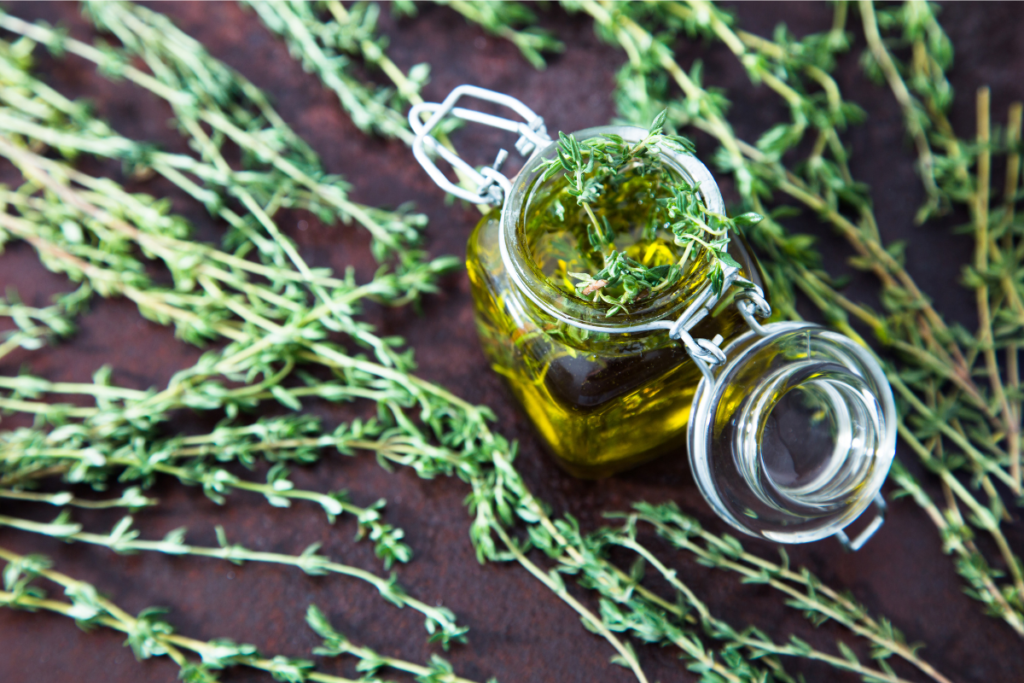
One of the oils with the highest phenolic constitution –carvacrol and thymol-, it has potent antibacterial, antifungal, sedative, antiseptic, antioxidative, expectorant, antispasmodic, antifungal, anthelminthic, carminative and diaphoretic effects.
For these reasons, thyme oil is used to kill infections, treat respiratory conditions, and balance hormones.
2. Clove oil
Stimulating and energizing, clove oil has antioxidant and antimicrobial properties. It has a wide range of therapeutic uses, from supporting cardiovascular health to treating teeth and gum problems.
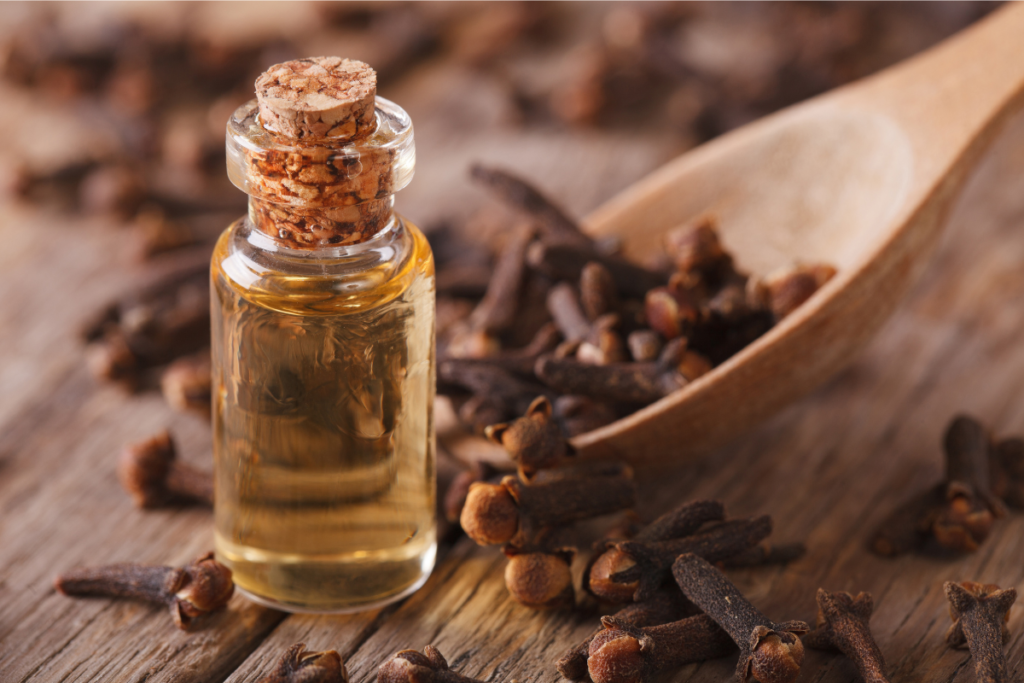
The benefits of clove are known to humanity from ancient times, including native tribes in Tanzania, Indonesia and Madagascar, the ancient Persians, and the Chinese in their traditional medicine more than 2,000 years ago. It even played a vital role in the fight against the bubonic plague in Europe.
Clove oil predominantly contains eugenol and other phenolic compounds, and can be particularly irritating to the skin if not diluted with a carrier oil.
3. Basil oil
Containing a variety of phenolic compounds such as eugenol and estragole, basil oil is a potent mix of antioxidants distilled from fresh basil leaves, stems and flowers. Because it is so strong, it should be diluted with a carrier oil to avoid irritation when used topically.
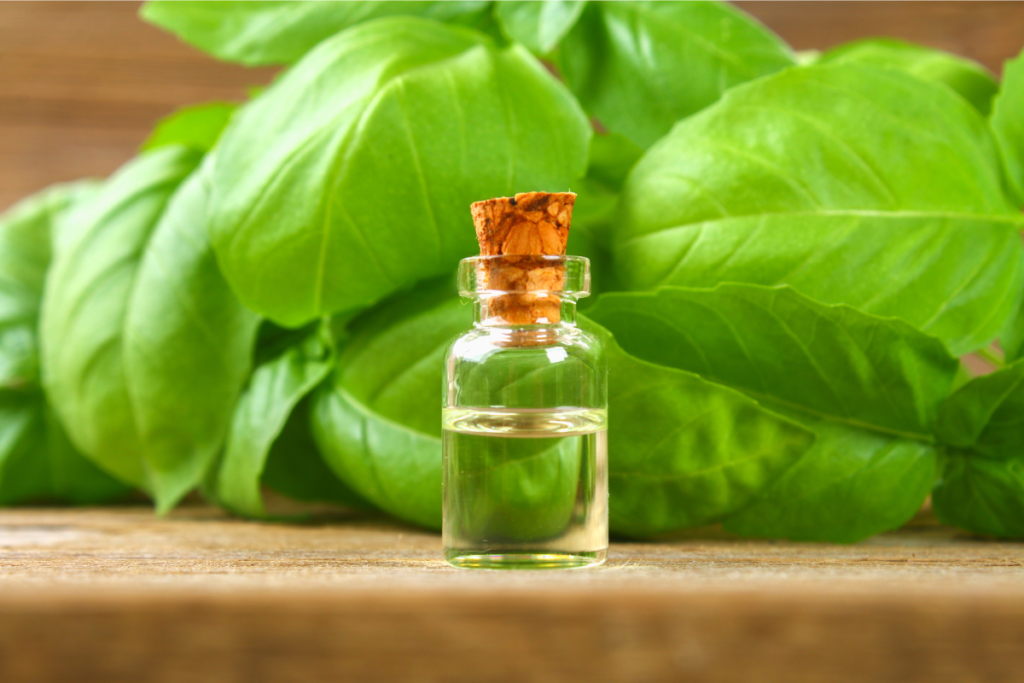
It’s approved by the FDA for internal use only if it’s a pure, therapeutic grade oil obtained from the species Ocimum basilicum.
Basil essential oil has been reported to be effective in traditional medicine for the treatment of headaches, coughs, diarrhea, epilepsy, gout, constipation, warts, worms, kidney malfunctions and more.
4. Tarragon oil
Tarragon oil is obtained from Artemisia dracunculus, a species that has long been used in traditional medicine in Iran, Pakistan, Azerbaijan and India in the treatment of digestive problems, and as an analgesic, antiepileptic, anti-inflammatory and antipyretic agent.
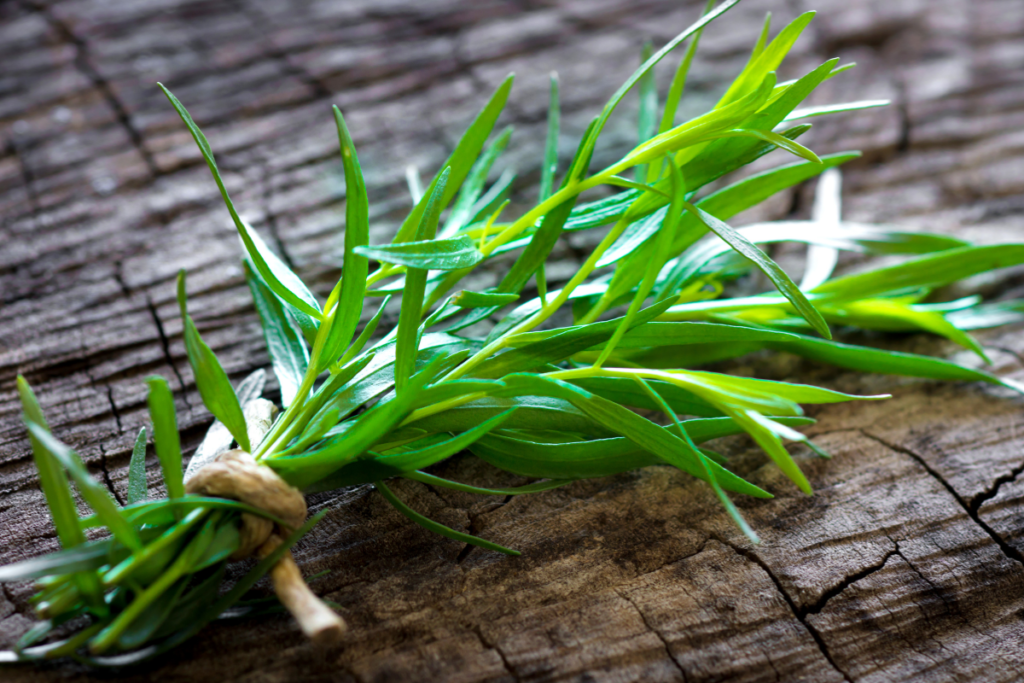
The French call it the ‘King of the Herbs’ for its culinary versatility.
This essential oil usually contains a large part of estragole, a polyphenol, and other phenolic compounds that transfer their medicinal properties. It should be diluted with a carrier oil as it can cause skin irritation.
5. Oregano oil
Primarily made of carvacrol, but also including thymol, rosmarinic acid and other phenolic compounds, oregano oil has such success in treating and preventing various infections that it is considered by many doctors to be equally as effective as antibiotics.
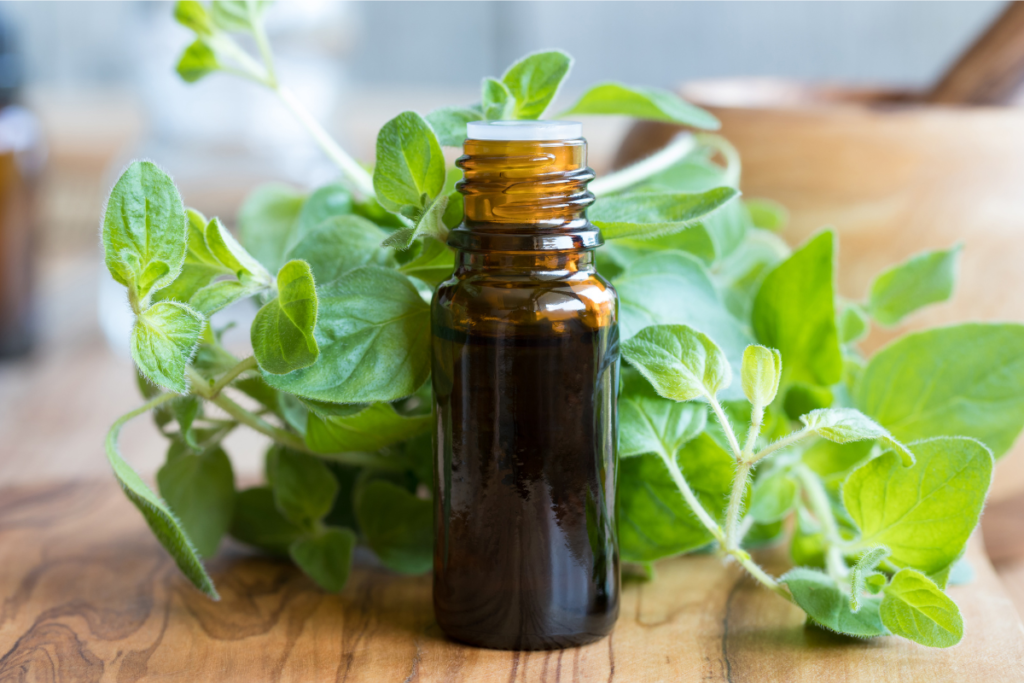
In fact, with the advantage that it does not cause any of the harmful side effects that antibiotics are famous for. Not only is it antibacterial, antiviral and antifungal, but it is also used to treat toenail fungus, common colds, gingivitis, candida and earaches.
It does interfere with other medications so you should ask your doctor before ingesting it.
6. Cinnamon oil
Cinnamon oil is rich in phenolic compounds, with different predominance depending on what part of the plant the volatile oil is extracted from. When obtained from the bark, there is an abundance of cinnamaldehyde, while from the leaves come eugenol and some phenylpropanoids.
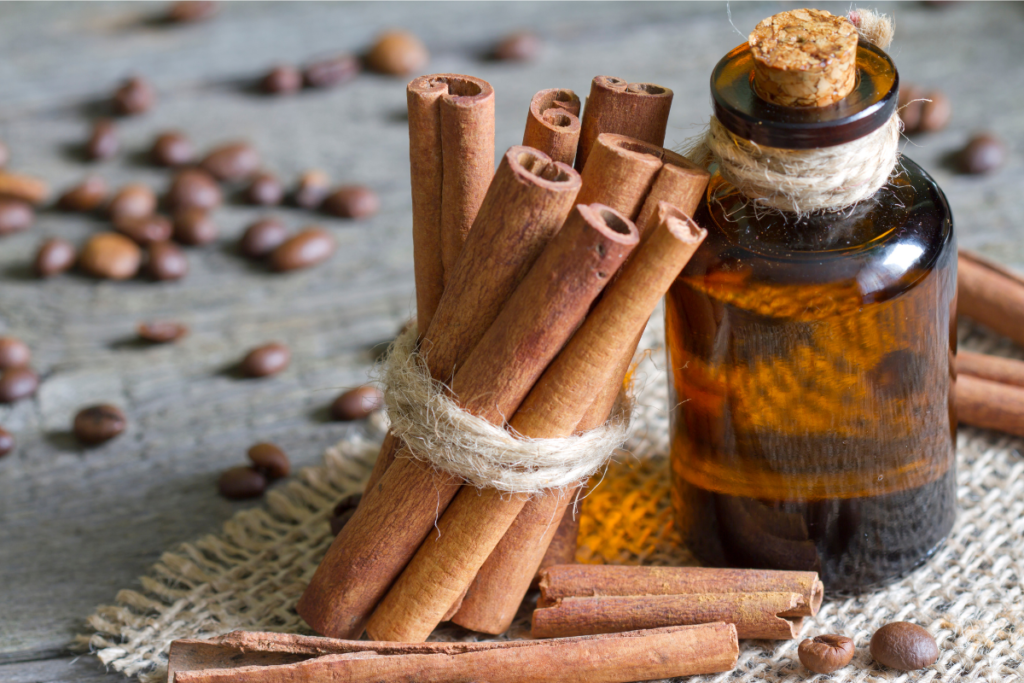
Cinnamon bark oil is said to be the most potent type, with a range of benefits including its ability to decrease inflammation, reduce blood sugar, fight infections, decrease bad cholesterol, stimulate the immune system and fight parasites.
It’s considered one of the oldest spices in human history, highly valued by ancient Egyptians, and used in Chinese and Ayurvedic medicine for thousands of years. It is recognised by the FDA as safe for consumption.
7. Cassia oil
The main properties of cassia oil are attributed to the high content of flavonoids and other phenolic compounds, including benzaldehyde and chavicol.

In Chinese medicine, cassia is considered one of the fundamental herbs and it has been used in indigenous, Ayurvedic and folklore medicine to treat a broad array of ailments including leprosy, ulcer symptoms, cough, flatulence, menstrual problems, anemia and tuberculosis.
It can be ingested in small amounts mixed with coffee, tea or oatmeal.
8. Ylang Ylang oil
Ylang Ylang essential oil is extracted from the flower petals of the tropical ylang ylang tree found in Indonesia, the Philippines and the Polynesian islands, and used as a flavoring and preservative agent in foods and beverages.

It also holds a centuries-long reputation for its ability to thicken hair and heal skin. This volatile oil produced in the star-shaped yellow flower has a variety of organic compounds, especially from the terpene family, responsible for its unique fragrance.
There is in its composition a fair amount of phenolic content as well, including anethol and vanillin. Internal use is only recommended with very high quality, 100 percent pure, therapeutic grade essential oil from the Cananga odorata flower. For topical use, it needs to be diluted with a carrier oil such as coconut oil.
9. Rose oil
Rosa damascena has high antioxidant and antibacterial activity, which many researchers think is because of its high phenolic content.
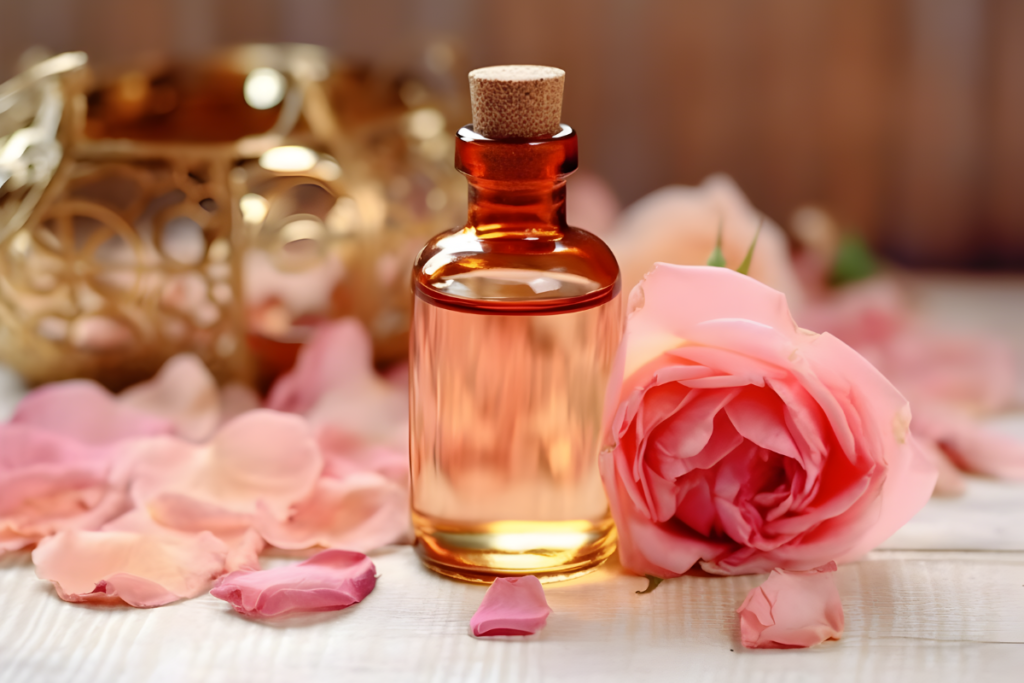
Rose essential oil obtained from the damask rose has been used for thousands of years in medicinal and natural beauty treatments, as well as serving as a potent mood-booster to fight depression and anxiety.
This oil is not recommended for internal use, and should be diluted with a carrier oil for topical use.
10. Sage oil
Common sage (Salvia officinalis) oil exhibits strong antioxidant activities associated with the various polyphenols within its chemical composition. It is closely related to rosemary and many of its health benefits are derived from the rosmarinic acid found in both herbs.
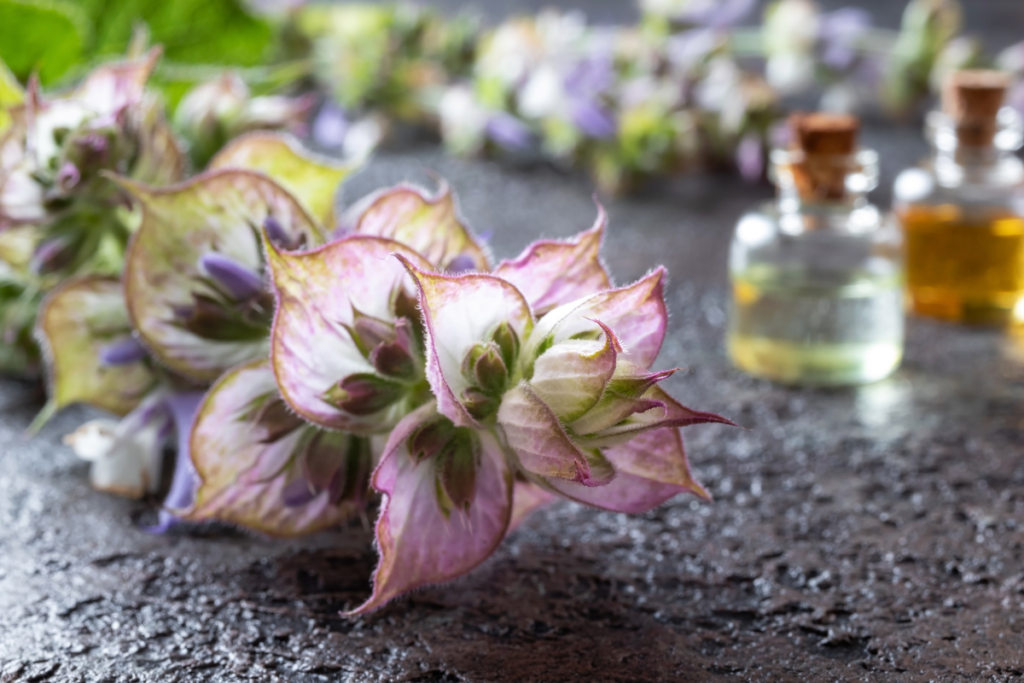
Sage essential oil has been a popular ingredient in herbal medicines around the world for centuries, used internally and externally to treat a variety of ailments such as snakebite, swelling, infection, pain, and memory loss.
11. Rosemary oil
Rosemary essential oil is one of the most powerful volatile liquids that has been applied in traditional medicine for thousands of years for its potent digestive, tonic, astringent, diuretic and diaphoretic properties.
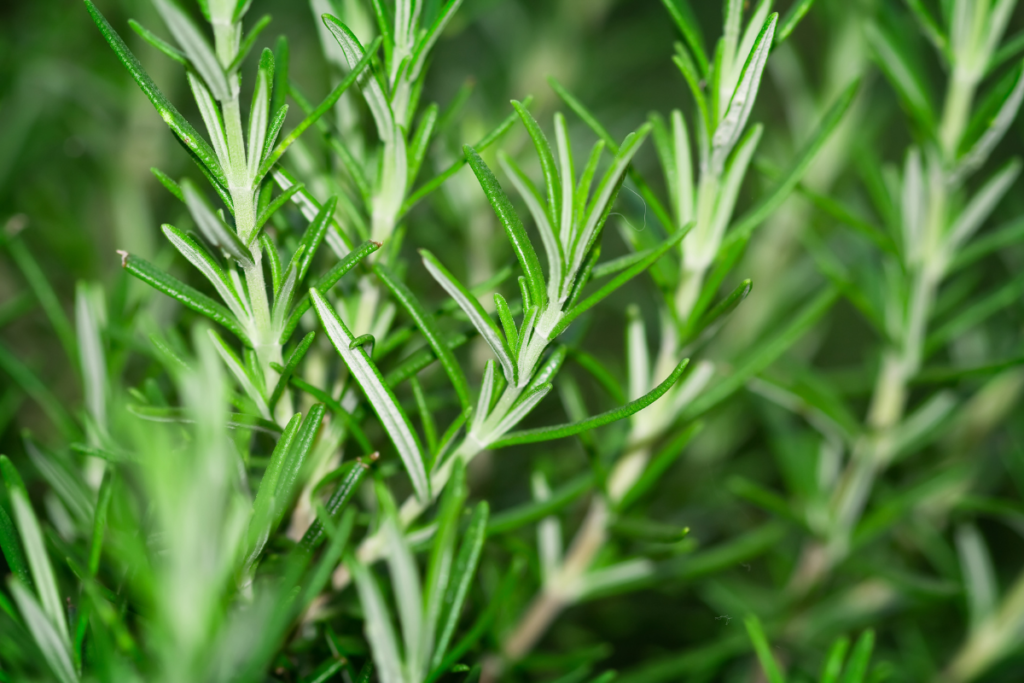
Rosmarinus officinalis is also famous for its mental enhancing ability, from calming properties to improving memory and alertness. The volatile oil is rich in phenolic compounds, mainly diterpenoids (carnosic acid and carnosol) and flavonoids.
Rosemary oil should be diluted with liquid for internal use, and with carrier oil for topical use to avoid skin irritation.
12. Caraway oil
The seeds of Carum carvi, also known as Persian cumin or meridian fennel, are widely used in many medications and commercial products such as liqueurs.
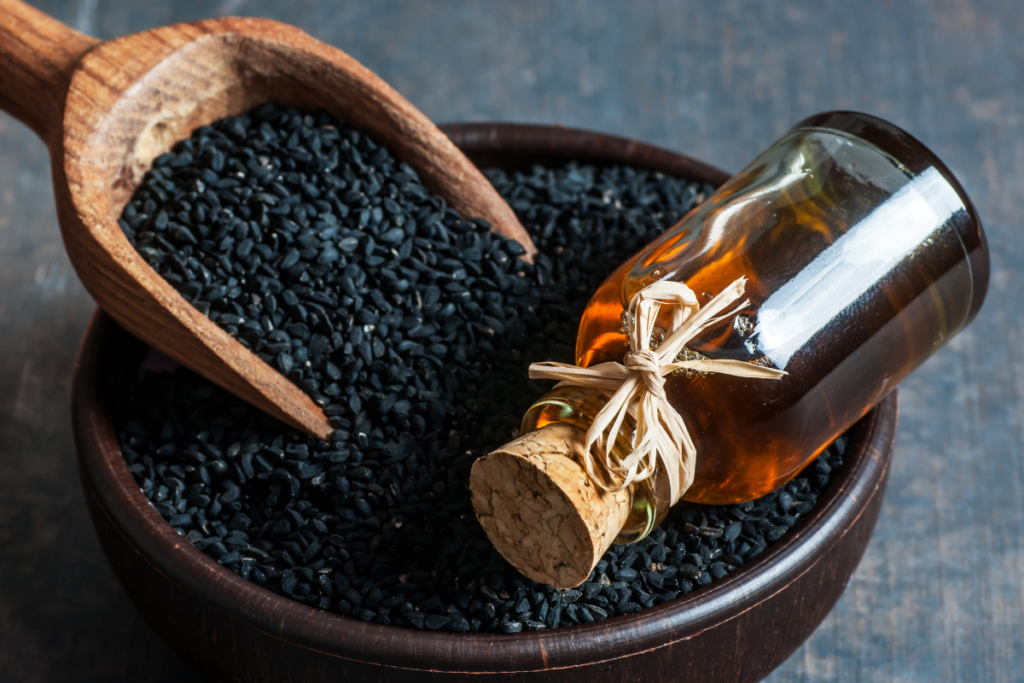
Caraway essential oil has strong antioxidant properties derived from its phenolic compounds, in particular anethol. Traditionally, caraway oil was used to promote digestion, detoxify the body and increase circulation.
13. Calendula oil
Also known as pot marigold, Calendula officinalis has antifungal, antimicrobial, anti-inflammatory, antiseptic and antibacterial properties that make it a great ingredient in natural health and skin care products. Calendula essential oil is abundant in phenolic compounds (caffeic and gallic acids, as well as flavonoids), which gives it popularity in Ayurvedic and traditional Chinese medicine.
It can be taken orally when infused in an edible oil such as avocado or olive oil, or brewed into tea, and it can be applied directly on the skin for topical use.
14. Summer savory oil
Rich in terpenic phenols, Satureja hortensis contains high amounts of carvacrol, followed by a much lower percentage of thymol. Summer Savory essential oil is extracted mostly from the leaves and sometimes the flowers of the plant that grows in the Mediterranean area and was much popular among the Romans.
It has many culinary uses but it also offers health benefits at cellular level, supporting the respiratory, immune, nervous, musculoskeletal, digestive and cardiovascular systems.
Plentiful Air also has more information on essential oils high in citral available here.
What do phenolic compounds do?
Phenols have different functions in each type of plant. Among other roles, they can help protect from external pathogens, support seed germination or enhance nutrient uptake. They work together with the other minor constituents in the plant’s essential oil, enhancing each other’s effects. However, phenolic compounds are still effective when isolated from alcohols and ketones.
Phenols in many medicinal herbs and dietary plants have shown to have antimicrobial and antioxidant activity. Phenolic compounds also influence the antifungal effects of an essential oil. These properties are crucial for promoting human health, especially in the protection from diseases.
Phenols are widely studied for their beneficial stimulation to the immune and nervous systems, their anti-inflammatory effects, and their role in preventing gastrointestinal and cardiovascular conditions. In fact, phenolic compounds are also reported to be anti-diabetic, antiseptic, bactericidal and antiproliferative.
It’s important to distinguish phenolic compounds from carbolic acid or benzenol, the simplest member of the phenolics family that comes from coal tar and does not occur in nature. This flammable and highly corrosive chemical is what people usually associate with the generic term ‘phenol’ and is used to manufacture plastics, fertilizers, paints, rubber, textiles, adhesives, drugs, paper, soap, and more.
Precautions
Exposure to benzenol can be harmful when ingested or if it comes into contact with the skin or eyes for a prolonged time.
On the other hand, some essential oils high in phenols are also thought to irritate the skin and mucous membranes. Some are also toxic to the liver, but many researchers argue that this is because people often have difficulties in their metabolism caused by the antibiotics and pesticides used in the plants from which they are distilled.
Any essential oil should be consumed with the supervision of a licensed professional. When ingested under a person’s discretion, you should at least ensure that the oil is certified for therapeutic use and comes from a reliable source.
For topical application, it should be diluted in a base oil that is gentle on the skin such as olive, almond, coconut or jojoba oil.
Some people are particularly sensitive to phenols. They have an inability to effectively process these compounds for their use in the body due to inadequate levels of an enzyme called phenolsulfotransferase (PST).
This is a problem because phenols are also found naturally in many foods.
An intolerance can escalate to phenol toxicity with symptoms such as night walking, night sweats, irritability and eczema. In this case, a person should restrain from using essential oils high in phenols while they do a treatment to build resistance and become less reactive in the future.
Frequently Asked Questions About Phenols
Does peppermint oil contain phenols?
Peppermint essential oil contains phenolic compounds from different subgroups including caffeic acid, flavonoids and polymerized polyphenols. The major constituents of this volatile oil are the monoterpenes menthol (30-60%) and menthone (20-35%).
Peppermint is a hybrid species of spearmint and water mint, and it is obtained from the fresh aerial parts of the flowering plant. Mentha piperita is a plant of high medicinal importance, for it shows strong antiviral, antimicrobial, antioxidant, antitumoral, antispasmodic, anti-inflammatory and antiseptic activity.
Not only is it gentle on the skin, but it also soothes and invigorates it, making it a perfect massage oil. It is also safe to use as an ingredient in foods and drinks.
Does eucalyptus oil contain phenols?
While there is some evidence showing the presence of phenolic compounds in the chemical constitution of the volatile oil in the leaves of gum trees, the major components in eucalyptus oil are oxygenated monoterpenes, with high predominance of eucalyptol (followed by pinene and terpineol).
There are many species of eucalyptus trees, all of which are native to Australia and other pacific islands. However, the essential oil used for its several medicinal properties is extracted from Eucalyptus salicifolia and Eucalyptus globulus, also known as the gum tree.
Final words on phenols and essential oils
While many herbs, spices and flowers produce phenolics, they may be lost during the distillation process by which the volatile oil is extracted from the plant. It is also worth noting that although these herbs have been used for centuries for their therapeutic properties, researchers have not managed to explore the whole vast world of phenolic compounds.
Some studies are in progress and many more are yet to come. It is possible that we will eventually discover that phenolic compounds are present in many more essential oils of common use.
